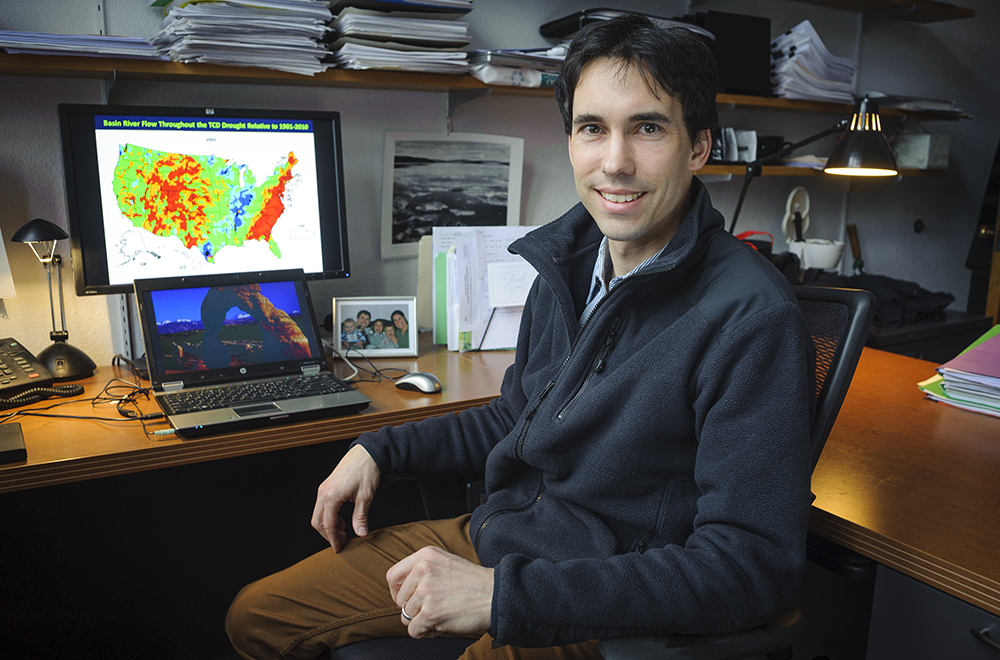
Title: Translating Forest Change to Carbon Emissions
Principal Investigator: Christopher A. Williams
Funding Agency: National Aeronautics and Space Administration
Forest are a globally significant store of carbon, but this store is vulnerable to release from disturbance processes such as harvesting or fires. At the sane time, intact forests serve as a major offset to rising CO2 concentration s as forest growth become stimulated by rising CO2 levels, enabling forests to absorb about one third of annual carbon emissions. The balance of these processes is constantly changing and varies widely from region to region. National and international policies aim at protecting forest carbon storage rely heavily on high quality, accurate reporting (called “Tier 3”) that earns the greatest financial value of carbon credits and hence incentivizes forest conservation and protection. But methods for Tier 3 Measuring, Reporting, and Verification (MRV) are still in development. This project aims to quantify how much carbon is being released and taken up by each process over the entire United States using a new approach to Tier 3 MRV, involving a combination of direct remote sensing, ground-based inventorying, and computer modeling methods to track forest carbon emissions and removals at a 1 km scale. Few existing approaches seek to combine all of these sources of information. Specificity about the underlying processes driving carbon flows enables the framework to be used as a decision-support tool to help test the relative benefits of various land management strategies and to examine how today’s carbon sources and sinks will trend over time.
